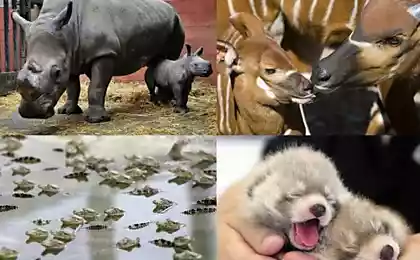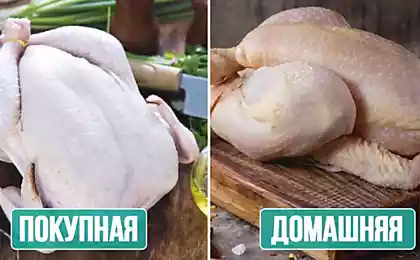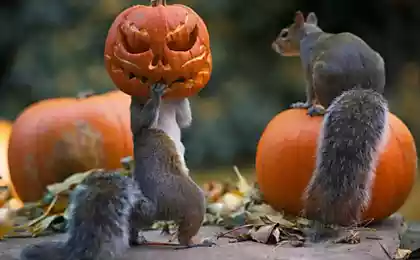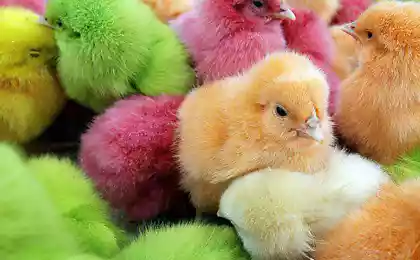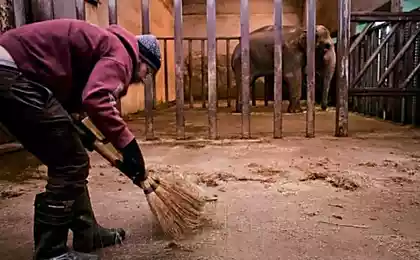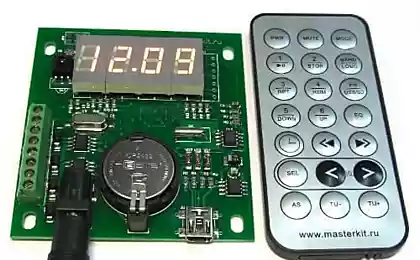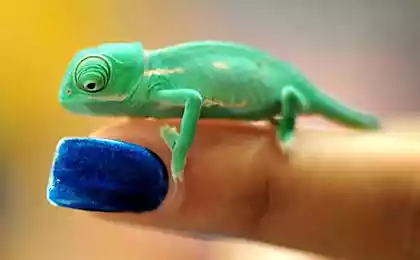427
Silk Chicks chicken hatched in Basel zoo

The arrival of spring in Basel zoo (the Zoo Basel) in Switzerland, was marked by the birth of the first Chicks of the Chinese silk chicken, or silky (Silkie) is one of the oldest breeds of China.Eight small colourful balls delight the eyes of not only the zoo staff, but also many visitors who come here in these Sunny spring days. Prigrevaet the sun makes chickens more active and they freely roam the territory of the enclosure in search of your favorite grains.

However, at the first opportunity they immediately run to your mother and hide in her cozy and fluffy plumage. According to employees of the Zoological Park as soon as the Chicks get a little older, all of them along with his mother will be transferred to a larger aviary where they will join other poultry.Chinese silk hens home breed birds with a thousand year history. The birthplace of this chicken is China. A distinctive feature of this breed is an unusual fluffy plumage, reminiscent of silky light hair. This silkiness stems from the fact that the pen's snare has no hooks and therefore can not be linked together.

Normal structure of the feathers is characteristic only for part of feathers of wing and flight feathers of the tail. In addition, silky chickens missing juvenile molt, which makes these birds unique among his fellows. Another striking feature is the blue color of the skin, peritoneal coverings, the periosteum, the membranes of the brain and the crest in view of this, Chinese silk hens received the bottom the name black (negray). They are light chickens decorative and very popular in many countries around the world. There is evidence that these chickens used to produce fluff, which sostrigla with them as with normal domestic sheep. After such cutting the feathers grow back in about 30-40 days. It is interesting that Chinese silk chickens mentioned Aristotle. It was he who first described them "chicken with wool cat". Famous Chinese Emperor Tang dynasty (chin. 唐朝, great Tang) also left the memory of "black kochinsky chickens" in their Chronicles.
Source: zoopicture.ru

